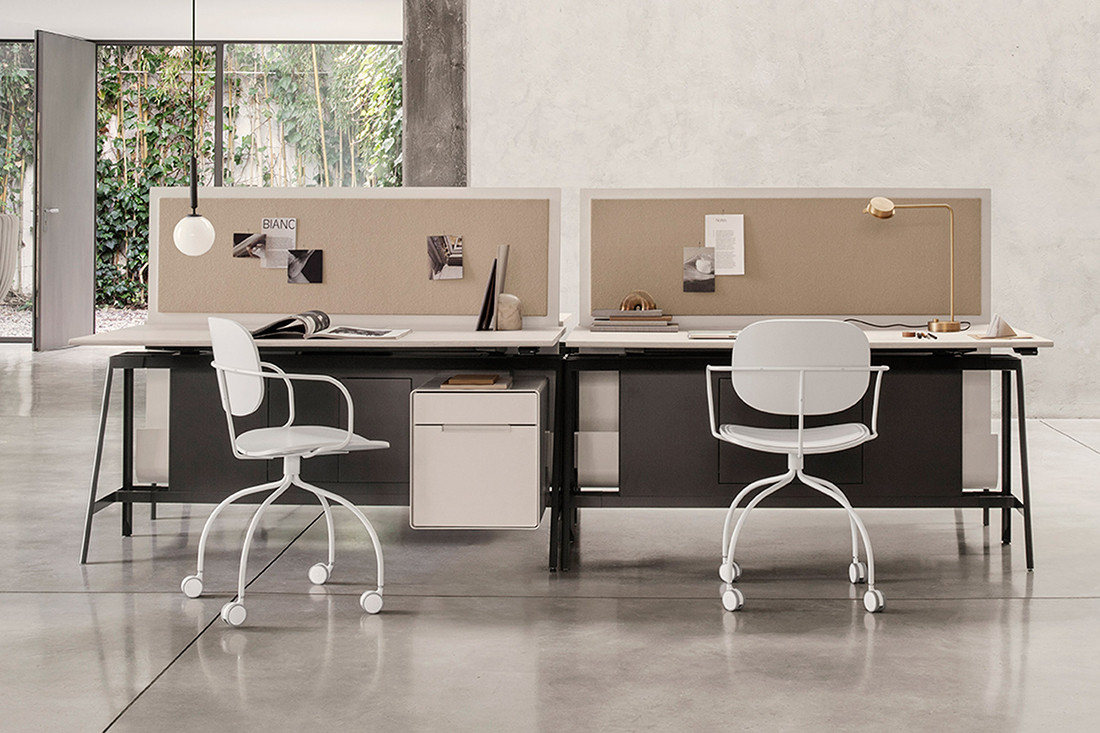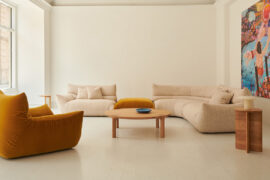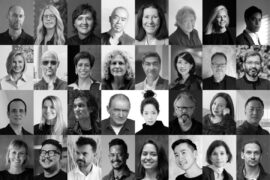Gensler’s Australian Workplace Survey finds that people returning to work would prefer to decide how and where best to complete their work. Enter, the new hybrid work model.

Neil Christopher is design director at Gensler.
The hybrid work model is not a new phenomenon. We know that the workplace continually changes and evolves, coming at both gradual and rapid speed, depending on the driving factors, with normalised change occurring as part of an evolution.
We have already seen this across a multitude of industries, in the move from fixed working to mobile, and from traditional to agile, in both co-working and flexible work environments. For years, we have referred to this type of model as the hybrid workplace. However the COVID-19 phenomenon has been like a magnet for this evolution, pulling it off-course, and impacting changes at a far greater rate.
We anticipate that the most common post-COVID-19 workplace will be a new version of the hybrid model, where employees and employers will work together to create the right kind of mix, which for the first time, will truly embrace working outside of the traditional office space. The new hybrid model will accommodate the flexibility of individual choice to work where and how we want; it will encompass a range of work environments, both shared and owned, to accommodate individual, team and employer priorities.

Microsoft Dublin Office, designed by Gensler. Photo by
Recent research by Gensler includes the Australian Workplace Survey, which adds to Gensler’s collection of workplace research undertaken during 2020 across the UK, France, Japan, the Middle East, and the US. The results have given us unique global insight into worker and employee sentiment, attitudes and needs, pre- and post-pandemic.
From an individual perspective, it would be nice to think we could continue to work full time from home. However, the results we see from our global surveys indicate that while we love the freedom, safety and security that working from home allows, it is a combination of ‘in-office’ and working from home that hits the spot for Australian office workers.
Having experienced the advantages of both office and remote work, most employees are expressing a desire to benefit from both settings, with 67 per cent of professionals wanting to work at least some time at home, and only 24 per cent wanting to work exclusively from the office. Companies looking to hire and retain the best talent will benefit from providing employees the flexibility and autonomy that they desire and have asked for. But what does this mean for organisational culture, productivity, wellbeing and experience?
Our research indicates that workers choose the office primarily for collaboration, a place to connect and to be with teams and colleagues, and they choose working from home for flexibility, convenience and safety, as well as for providing controlled and productive working environments.
What is of particular interest for designers of space, furniture or culture, is that the types of spaces workers are asking for on their return to the office is changing. Contrary to several incendiary news reports, almost three quarters of Australian workers prefer an open work environment as their future ideal physical workplace. Furthermore, when in the office, if given the choice between an assigned desk or greater flexibility to work from home, half of workers would choose greater flexibility and a shared desk, rather than less flexibility but an individually assigned desk space.
We also saw a significant increase in the desire for mostly or totally private spaces from eight per cent pre- pandemic to 19 per cent as an ideal future environment. This shows the need for balance, rather than a dominance of one model or the other.

ioc Solari Work Bench, designed by Gensler
The workplace will continue to change, but the office’s role as a place to connect, collaborate and socialise will become even more important, and working from home over the past eight months has only crystallised why we do need the office.
When we work solely from home, many of us feel disconnected from what other teams are working on, or simply, we feel lonely. As we create an office for the future, we should double down on what the office does best, which is to bring humans together to learn, train, collaborate and foster social interaction within a professional working environment.
The new hybrid work model will combine the strengths of home and office environments, providing employees with the option to work in various locations and supporting a better work/life balance. However, its success doesn’t simply lie in personal flexibility. Key factors such as job satisfaction, personal creativity, and experimenting with new modes of working are all enhanced for those in a hybrid work model, and they outperform employees who spend all their time either at the office or at home.
In short, the hybrid work model is an evolving paradigm where individuals, with their employee’s support, are the creators of their own work week – they decide where would be best to complete their work, according to both the demands of their job and their personal life.
This is the new hybrid work model.
・・
Neil Christopher is design director at Gensler.
INDESIGN is on instagram
Follow @indesignlive
A searchable and comprehensive guide for specifying leading products and their suppliers
Keep up to date with the latest and greatest from our industry BFF's!

A curated exhibition in Frederiksstaden captures the spirit of Australian design

Welcomed to the Australian design scene in 2024, Kokuyo is set to redefine collaboration, bringing its unique blend of colour and function to individuals and corporations, designed to be used Any Way!

Gaggenau’s understated appliance fuses a carefully calibrated aesthetic of deliberate subtraction with an intuitive dynamism of culinary fluidity, unveiling a delightfully unrestricted spectrum of high-performing creativity.

With the 2025 INDE.Awards now over, it’s time to take a breath before it all begins again in early December. However, integral to the awards this year and every year is the jury – and what an amazing group came together in 2025.

The Asia Pacific and Middle East regional leader for Gensler’s Digital Experience Design (DXD) practice discusses technology, AI, Scotland and the meaning of human-centred design in this episode of Stories Indesign.
The internet never sleeps! Here's the stuff you might have missed

‘What a Ripper!’ by comedian and architecture advocate Tim Ross explores Australia’s rich legacy of local product design.

On the evening of Thursday 31st July the winners of the 2025 INDE.Awards were announced at a spectacular VIP gala at Saltbox in Sydney, Australia. The night was a celebration of the outstanding people and exemplary projects and products from across our region and showcased the incredible talent that resides within the Indo-Pacific.